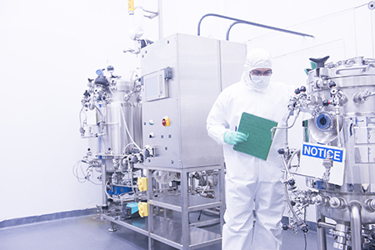Performance Stability Of CORTECS 2.7 μm Columns Following Repeated Injections Of Precipitated Plasma
By Jonathan P. Danaceau, Erin E. Chambers, Bonnie Alden, and Kenneth J. Fountain, Waters Corporation, Milford, MA USA

Maintaining LC column performance is often a consideration when working with biological samples. In general, simple sample preparation techniques such as dilution or protein precipitation can result in reduced column lifetimes when compared to more selective sample cleanup procedures (e.g., solid-phase extraction [SPE]). CORTECS 2.7 μm Columns, made using optimally packed solid-core particles, are designed to be highly efficient, scalable, and robust. This includes the ability to maintain excellent chromatographic performance even after repeated exposure to minimally processed biological samples. This technical note details the ruggedness of a chromatographic separation of a panel of synthetic cannabinoid drugs and metabolites following repeated injections of precipitated plasma. These compounds represent a growing challenge for forensic and law enforcement laboratories. Due to the fact that new variants of these compounds are constantly being introduced, laboratories will often rely on relatively non-selective sample preparation techniques that ensure the efficient recovery of a wide variety metabolites and chemotypes. As a result, chromatographic columns need to be able to tolerate repeated injections of minimally processed samples, while maintaining assay performance.
Get unlimited access to:
Enter your credentials below to log in. Not yet a member of Bioprocess Online? Subscribe today.
